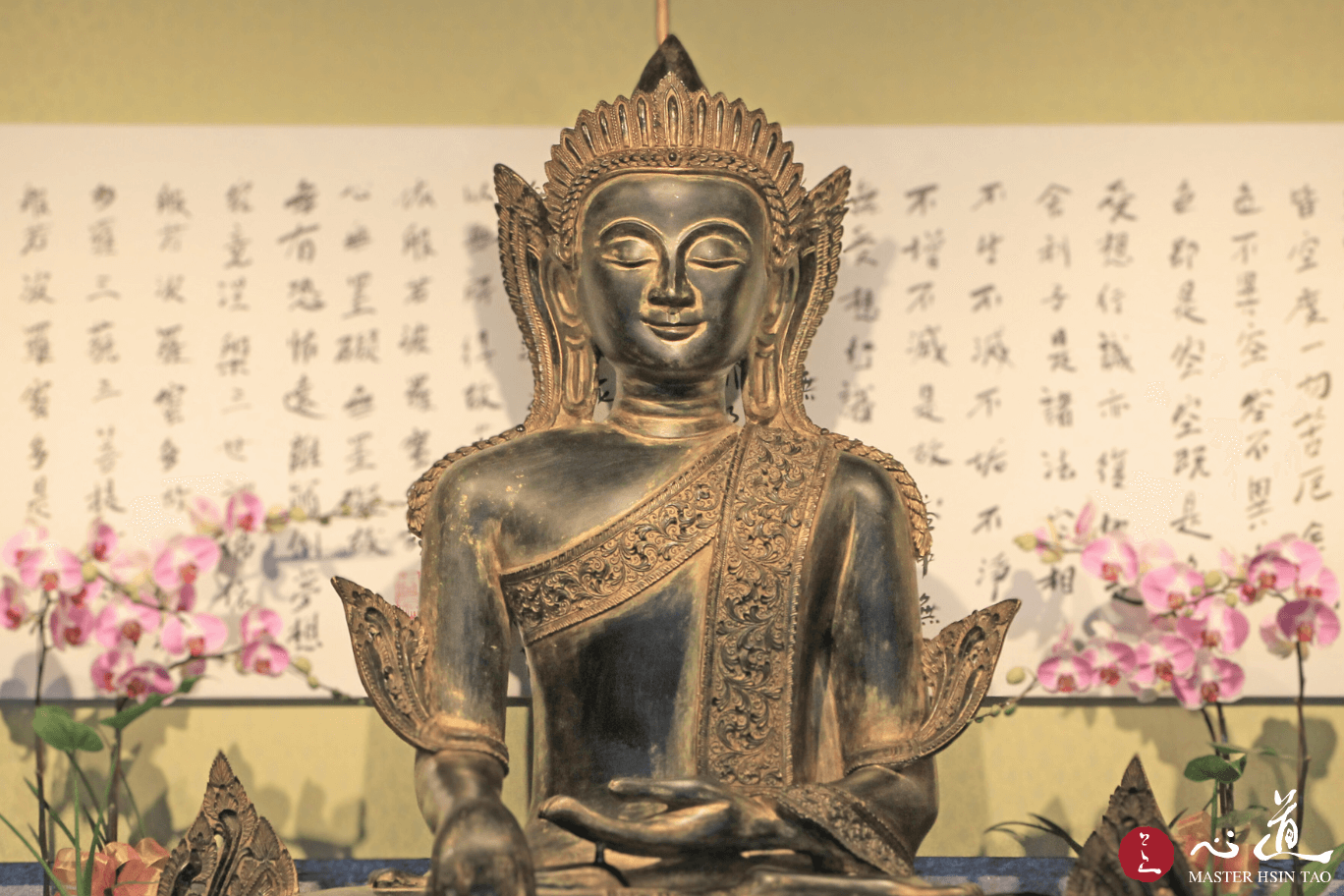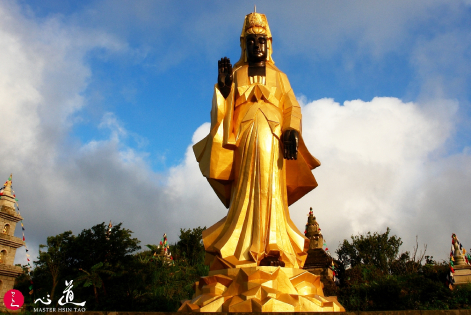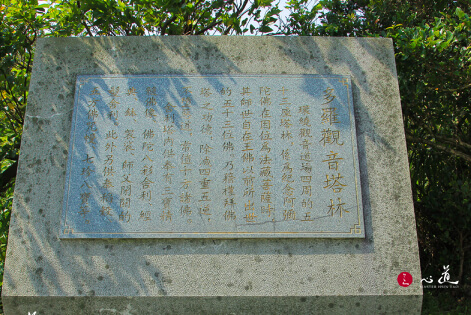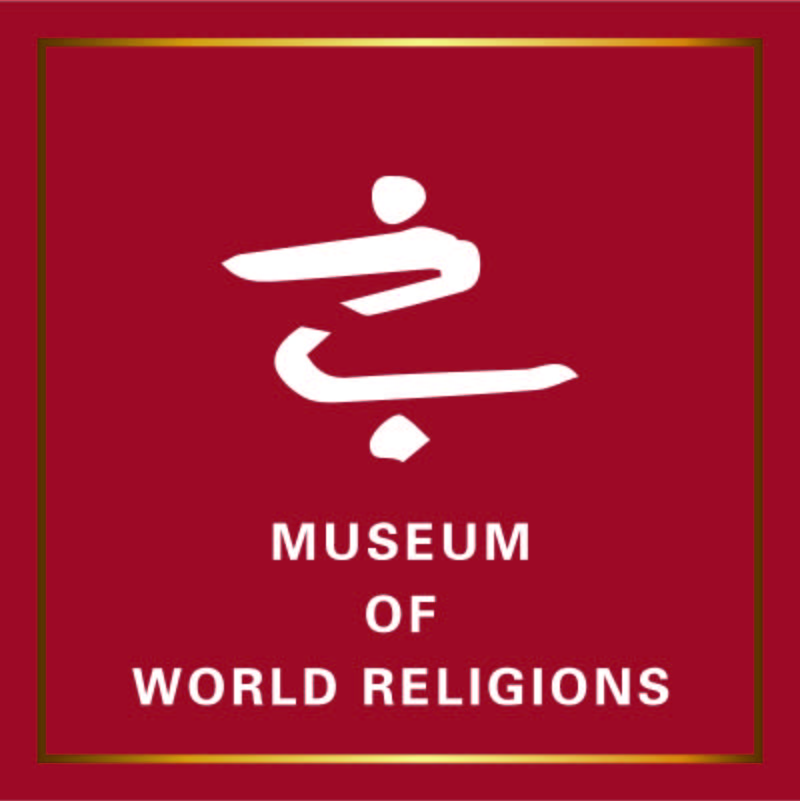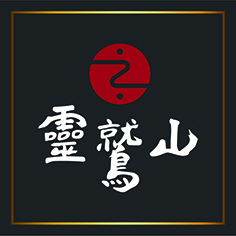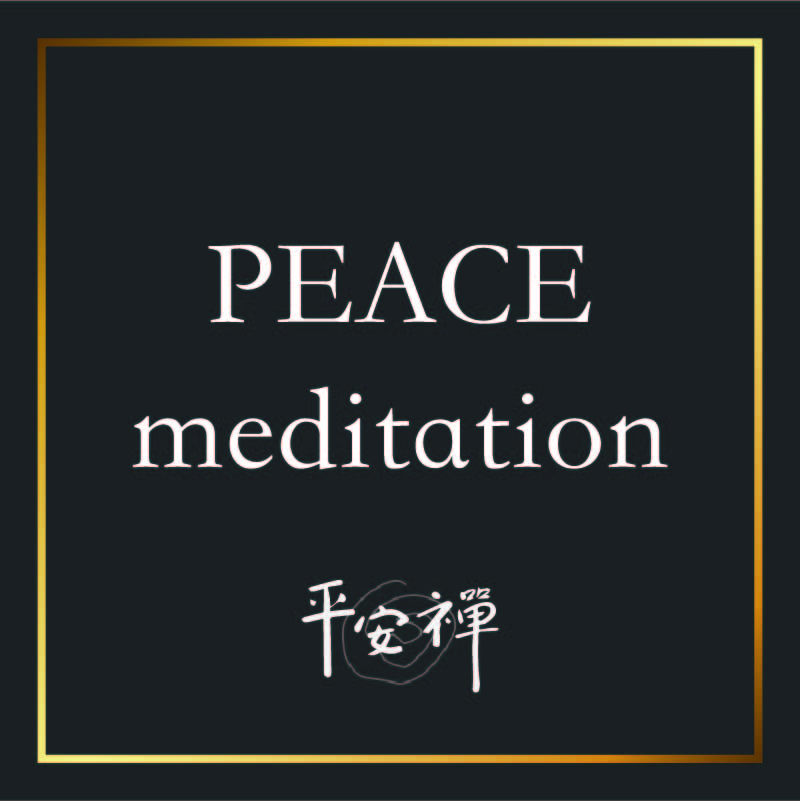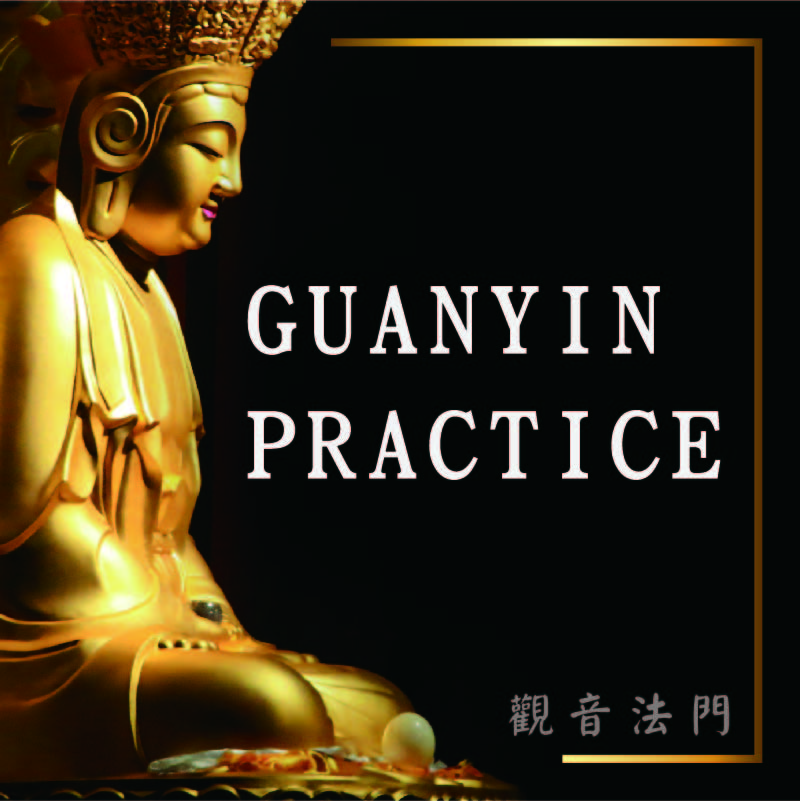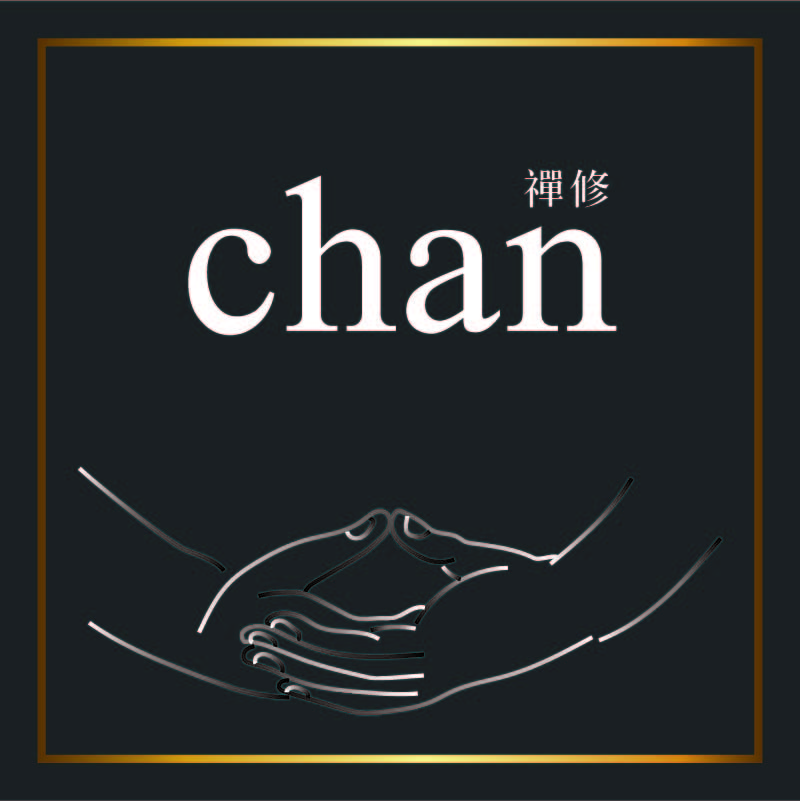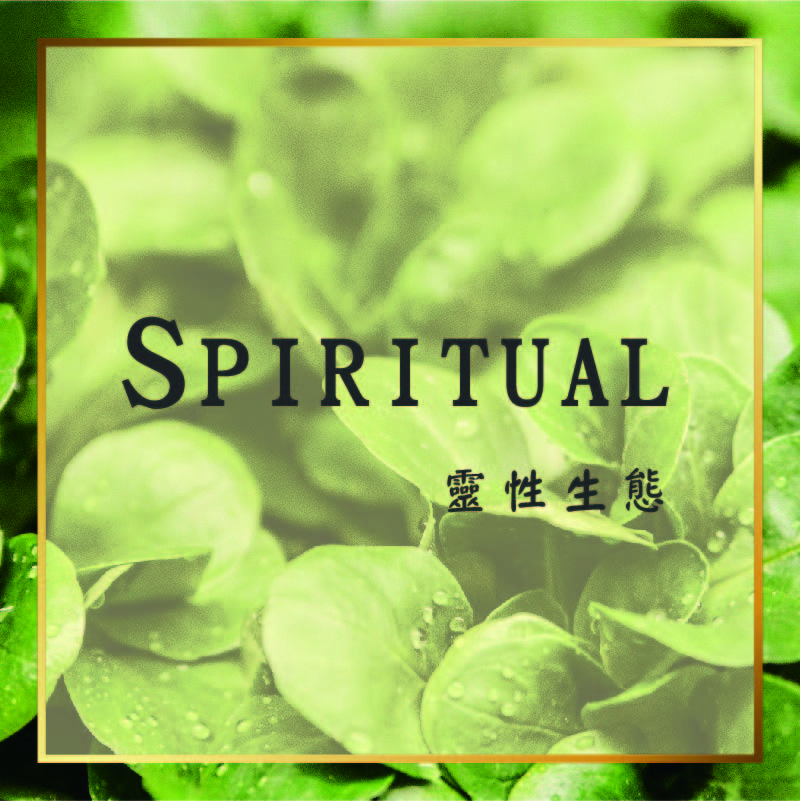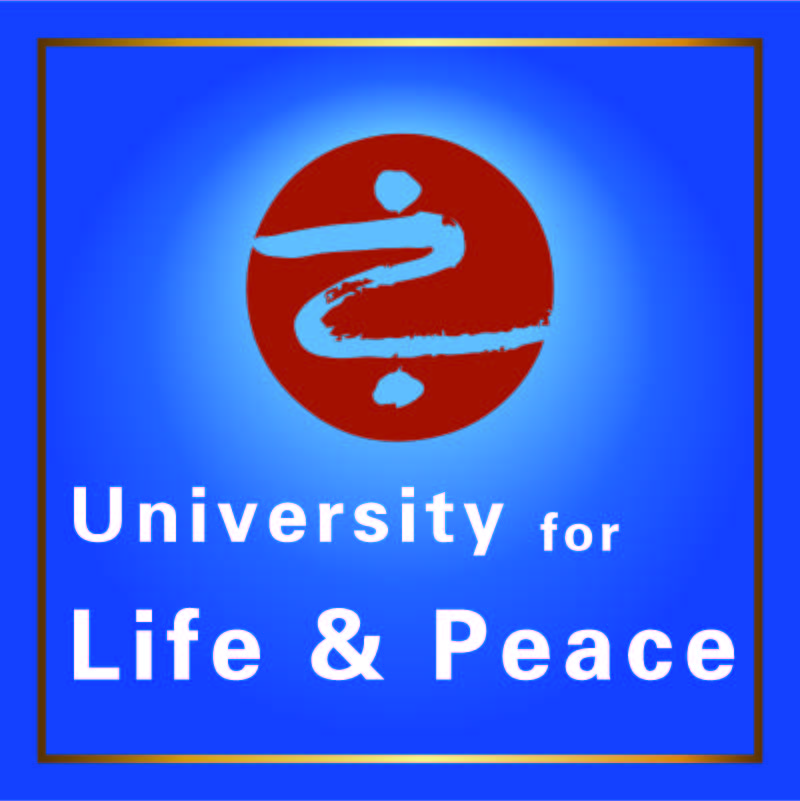
Cultivating Spirituality and Compassion through the Great Compassion Mantra
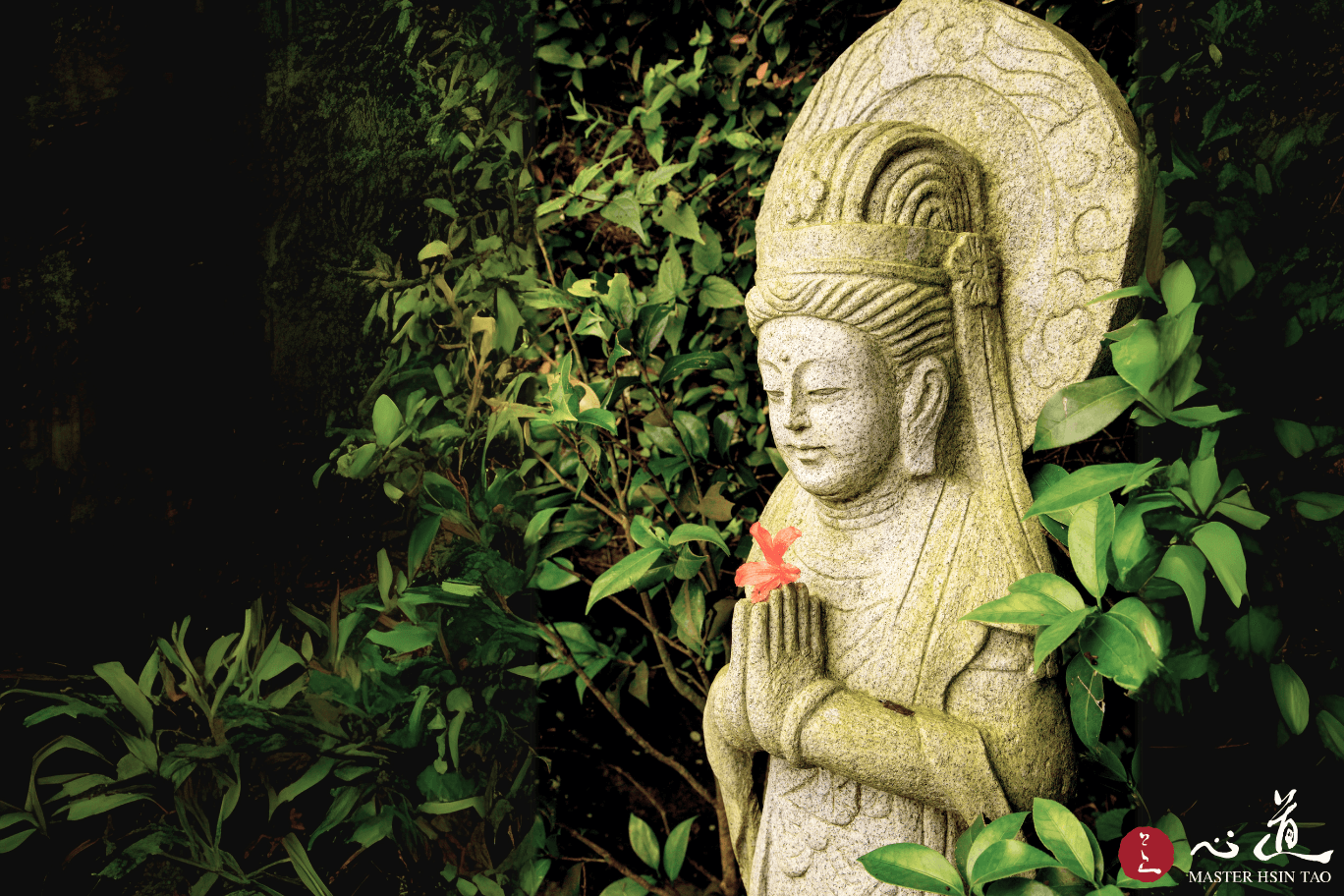 Guan Yin (Avalokiteshvara) had, in fact, already attained Buddhahood in the distant past. Yet, by the power of her great compassion and aspirations for sentient beings, she chose to manifest in the form of a Bodhisattva. The Great Compassion Mantra (Long Dharani) is one of the methods she has continuously employed to benefit sentient beings. Therefore, in emulating Guan Yin, we too should engage in the consistent practice of the Great Compassion Mantra in order to bring benefit to sentient beings. In doing so, we also become emanations of Guan Yin ourselves. Through this emanation, we channel her power of aspiration, spiritual efficacy, and the blessings of Buddhas, thereby safeguarding all who practice the mantra and enabling them to engender the unsurpassable bodhicitta, the aspiration to attain buddhahood for the welfare of all beings. Guan Yin, through the recitation of this very mantra, brought forth a thousand arms and eyes, thus extending benefit to limitless beings. In this light, we are to understand ourselves as the hands and eyes of Guan Yin. Our annual collective recitation of the Great Compassion Mantra, sustained without regression until now, is indeed a rare and precious achievement. It is my sincere hope that everyone will continue to uphold this practice with the strength of their aspiration and willpower, thereby amplifying the spiritual momentum of this mantra on Guan Yin’s behalf.
Guan Yin (Avalokiteshvara) had, in fact, already attained Buddhahood in the distant past. Yet, by the power of her great compassion and aspirations for sentient beings, she chose to manifest in the form of a Bodhisattva. The Great Compassion Mantra (Long Dharani) is one of the methods she has continuously employed to benefit sentient beings. Therefore, in emulating Guan Yin, we too should engage in the consistent practice of the Great Compassion Mantra in order to bring benefit to sentient beings. In doing so, we also become emanations of Guan Yin ourselves. Through this emanation, we channel her power of aspiration, spiritual efficacy, and the blessings of Buddhas, thereby safeguarding all who practice the mantra and enabling them to engender the unsurpassable bodhicitta, the aspiration to attain buddhahood for the welfare of all beings. Guan Yin, through the recitation of this very mantra, brought forth a thousand arms and eyes, thus extending benefit to limitless beings. In this light, we are to understand ourselves as the hands and eyes of Guan Yin. Our annual collective recitation of the Great Compassion Mantra, sustained without regression until now, is indeed a rare and precious achievement. It is my sincere hope that everyone will continue to uphold this practice with the strength of their aspiration and willpower, thereby amplifying the spiritual momentum of this mantra on Guan Yin’s behalf.
This has always been my personal practice. Each day, I recite the mantra six to seven hundred times a day. Through consistent engagement with it, I have gained a clear understanding of my original face and cultivated a much deeper compassion for all beings. Increasingly, I have come to realize that practicing the Great Compassion Mantra allows one to realize one’s suchness and to engender the vast bodhicitta for the benefit of sentient beings. The aspiration is that all beings may realize their own true nature of suchness and give rise to bodhicitta. Therefore, let us continue to practice the Great Compassion Mantra without interruption, bringing joy and benefit to sentient beings, engendering bodhicitta, and progressing toward awakening. Let every act we undertake in our daily lives be an expression of the Great Compassion Mantra. Within the mantra’s field of spiritual power, may we find clarity and understanding; may our bodies and minds be freed from preoccupations, our thoughts gentle and pliant, and our demeanor kind toward all beings. In this realization of emptiness, may we achieve the mutual support needed to thrive.
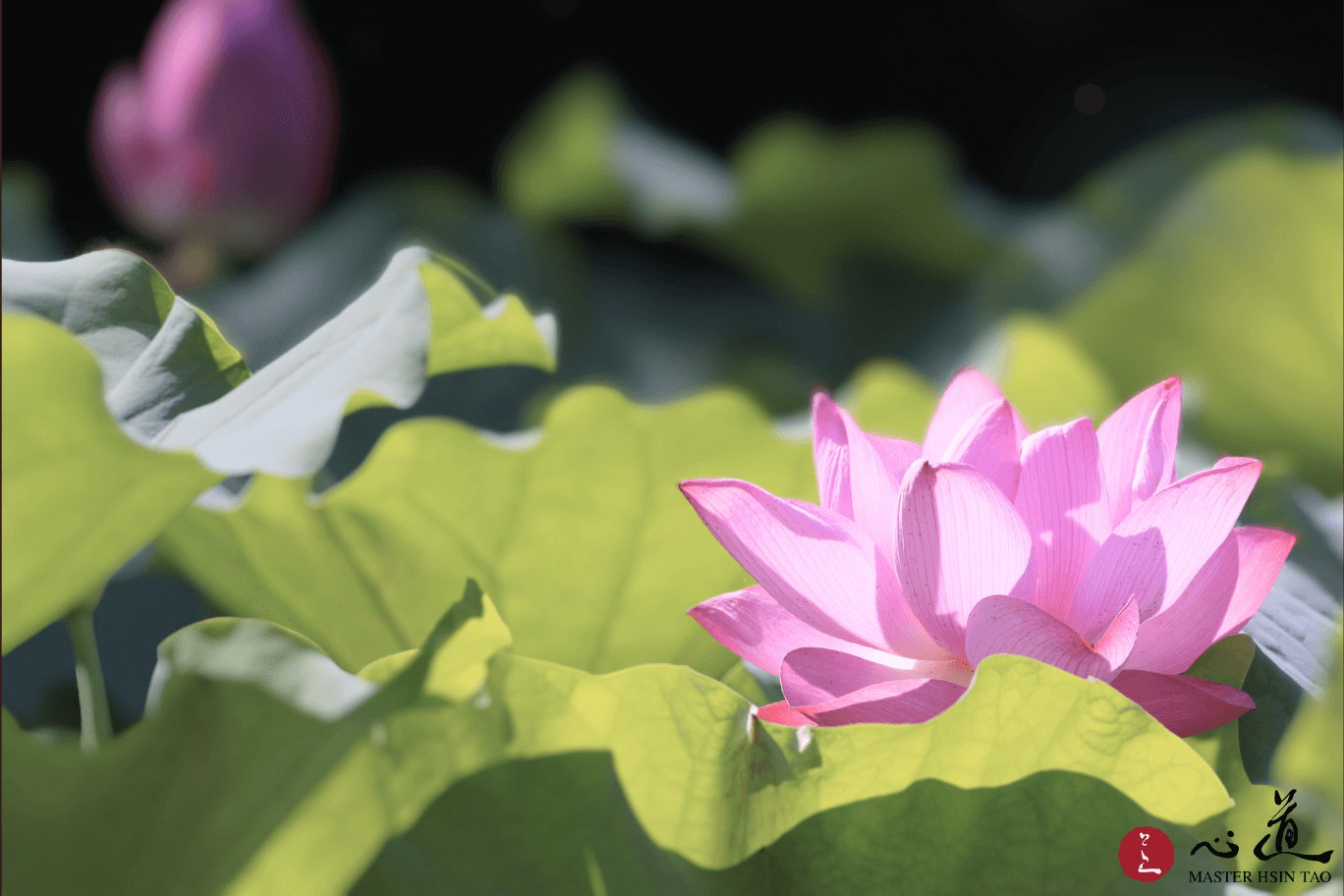 Practicing the Great Compassion Mantra itself constitutes a spiritual ecosystem—an integration of spirituality and compassion. Spirituality in a sense, refers to primordial awareness, while compassion represents a loving relationship with the ecological world. To truly care for the ecosystem is to act with respect, tolerance, and love. This has been the consistent mission of Ling Jiou Mountain, from the establishment of the Museum of World Religions to the founding of the University for Life and Peace. Our affirmation that “spirituality is ecology, and ecology is spirituality” has always been grounded in the three principles of mutual coexistence: respect, tolerance, and love. The Great Compassion Mantra, as an expression of Guan Yin’s compassion, fundamentally aims to relieve the suffering of all sentient beings, and this principle underlies our approach to both ecology and human life. It is with this mindset that we face nature, sentient beings, and ourselves—creating what may be called a world of compassion, or a spacious world. By “space,” we refer to primordial awareness; by “time,” we refer to the continuity of compassion. Let us now collectively resolve to uphold the Great Compassion Mantra, to consolidate and strengthen the spiritual energy of this community, and to ensure its sustainability far into the future.
Practicing the Great Compassion Mantra itself constitutes a spiritual ecosystem—an integration of spirituality and compassion. Spirituality in a sense, refers to primordial awareness, while compassion represents a loving relationship with the ecological world. To truly care for the ecosystem is to act with respect, tolerance, and love. This has been the consistent mission of Ling Jiou Mountain, from the establishment of the Museum of World Religions to the founding of the University for Life and Peace. Our affirmation that “spirituality is ecology, and ecology is spirituality” has always been grounded in the three principles of mutual coexistence: respect, tolerance, and love. The Great Compassion Mantra, as an expression of Guan Yin’s compassion, fundamentally aims to relieve the suffering of all sentient beings, and this principle underlies our approach to both ecology and human life. It is with this mindset that we face nature, sentient beings, and ourselves—creating what may be called a world of compassion, or a spacious world. By “space,” we refer to primordial awareness; by “time,” we refer to the continuity of compassion. Let us now collectively resolve to uphold the Great Compassion Mantra, to consolidate and strengthen the spiritual energy of this community, and to ensure its sustainability far into the future.


